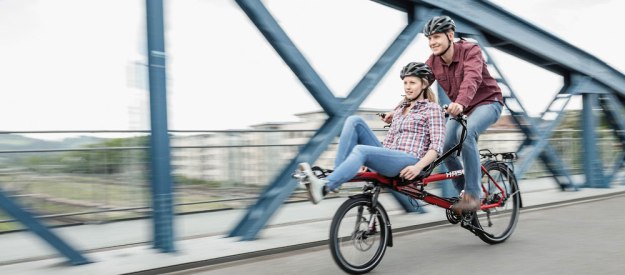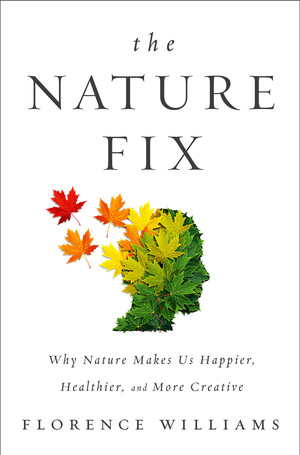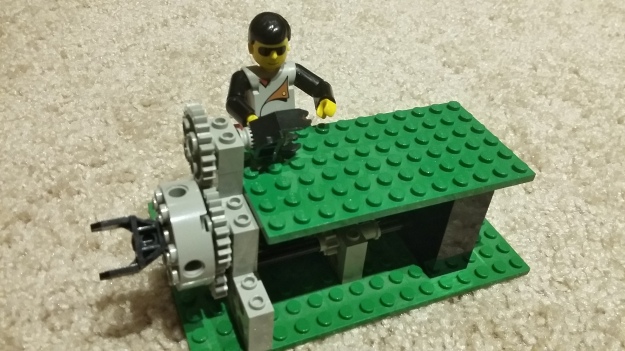
Photo by Jodie DS on Pexels.com
While cars have continued to iterate convenient features like cup holders and hill holding assist, bicycles haven’t really changed much since the safety bicycle was introduced in 1876. While some of that is because the diamond frame bike is actually a pretty cool design, it feels like unless it’s something to make a racer on the Tour de France go faster, the bicycle industry has ignored it.
As a solarpunk, I feel that bikes are a really great option for low carbon transportation for the able-bodied. What about people who need adaptive solutions? Luckily, one of the areas that there has been innovation in the bicycle industry is in adaptive bicycles. I didn’t really know much about them, but I stopped by a bike shop in Vienna, VA where they told me about some of the models they stock.

Hase TRETS trike (image from Hase’s website)
Accessible bikes are available with electric assist and other adaptive technologies to make riding fun for people who might not be able to ride a more traditional bicycle. Handcycles are available for people who can’t use their legs to pedal, and Hase makes a popular recumbent/upright tandem that can accommodate a wide level of abilities. I was able to test ride the tandem, and while I think the handling would take some getting used to, it’s a very well-built machine.

Hase Pino tandem (image from Hase’s website)
The rise of cargo and urban bikes will hopefully help with adoption of bicycles as a transportation method. This article at Bike Shop Girl, “What If Bicycles Were Designed Like Cars?” discusses how most cars are designed around the normal user, but bikes have been designed around racers for a long time. Ron George over at the Cozy Beehive has an article titled “Brainstorming Bicycle Design Ideas with an Example” further discussing the lack of innovation in the bicycle space.
When looking for practical bicycles, my wishlist would be:
- Internally geared hub
- Internal hubs are available from 3 to 14 speeds and pretty much eliminate all that mucking about with drive-train maintenance required with a regular set of gears (bonus points if it has a belt drive!)
- Step through design
- Nobody wants to have to swing their leg over the back of their bike or the center bar to get onto their ride.
- Electric assist
- While I don’t yet have electric assist for my bike, I’ve heard it makes a great difference in your ability to carry heavy loads (including other humans) or ride up hills. Being sweaty on arrival is a big turn off for many aspiring riders, so I think this is a good piece of tech to get more butts on bikes.
- Racks and fenders
- You should be able to carry stuff and not get splashed if it’s wet out.
- Lights
- Ideally charged via a dynamo or connected to your electric assist battery. They don’t sell cars without headlights, so why are they extra on a bike?
Granted, I’m a privileged person who doesn’t have any major physical problems. I really think tooling around town on a bike is super fun, so hopefully accessible bikes (and trikes) will be easier to find with time. I don’t think we should be forcing people to ride bikes to get around in a solarpunk society, but I think we should make it a lot better option. Investing in biking infrastructure and making bikes easier to adopt for newbies are the two main barriers to adoption here in the US. I’ve been riding for over a decade now, and I still find bike shops intimidating, so I think there’s a lot of room to grow. If you want to know more about making bicycling more inviting, be sure to check out Bike Shop Girl’s Shift Up Podcast.
Do you ride a bike? If not, what would make you feel more comfortable doing so?










